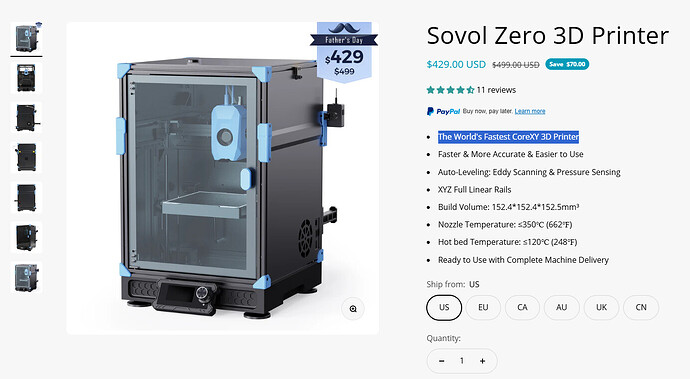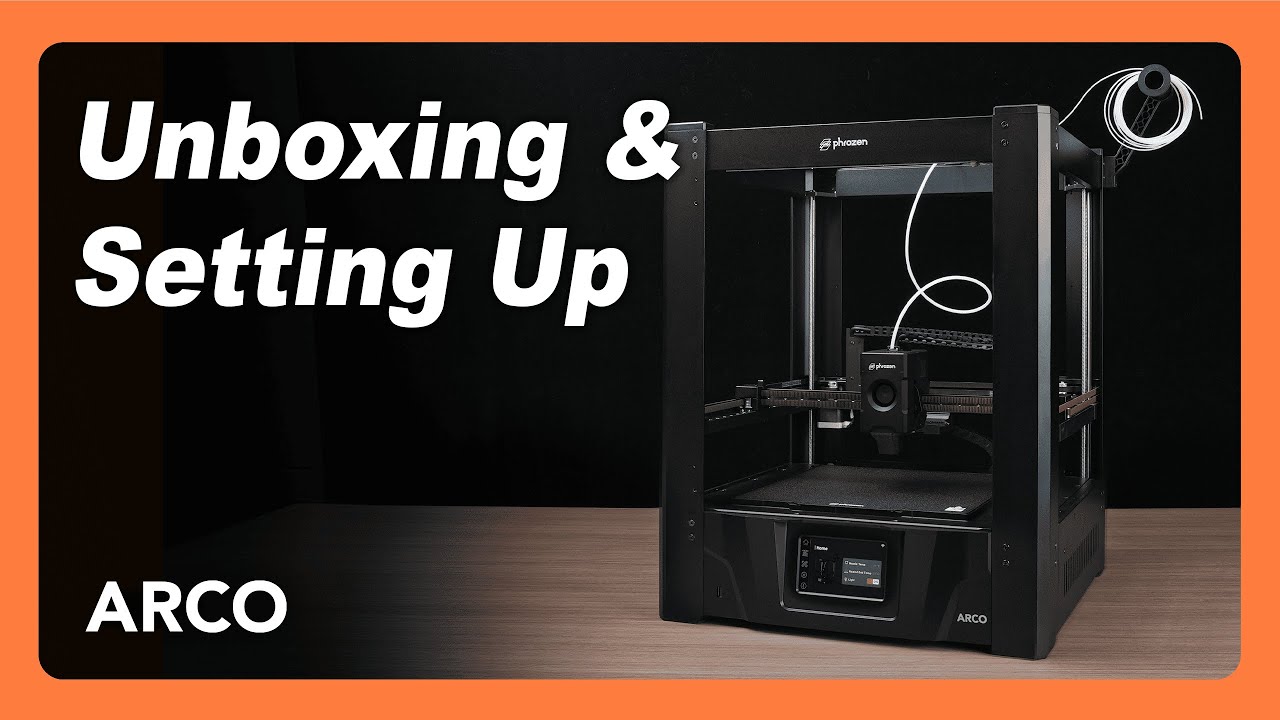I think Bambu is large enough to start getting into these fights. Look at like Samsung and Apple. The amount of lawsuits they have been involved in with each other. I use to follow a lot of that. You know, most companies can spin PR stuff in their favor, but they can’t spin PR in court, so you tend to get a clearer image of what’s actually going on if you follow their court cases and how they act in them.
I’m rambling, pardon. Point is, I think Bambu has grown enough in size that they can start getting into these fights, and asserting themself as such. It’s a sign of their size, and the weight they are starting to gain to throw around.
I won’t pick sides, or assume Stratasys is the victim just because they have the patent, or whatever. Having followed patent lawsuits for over a decade, I’ve realized a lot of it isn’t about protecting actual innovation, but about trying to stifle competition in any and every way you can.
Patents are more so the currency of large multi-national corporations. They’re what gets you a seat at the table, and what you use to jokey for power. They’re the tool used to keep young disrupters at bay, so these large corporations can hold their seats of power while putting the minimum amount of work into it as they can.
Okay, well, Bambu hasn’t entirely “won” yet, but I think they’re the clear frontrunner in this race, and the odds of them loosing at this point are getting slim. I remember when there were still competitors to DJI’s camera platforms, but look where we’re at now. 
I think there’s a lot of the older school crowd that just doesn’t realize/see the full of what Bambu is, of what they’re becoming. A lot of people like to point out this or that upcoming printer that’ll challenge Bambu and knock them off their pedestal, but people seem to failure to realize that Bambu isn’t just their printers. They are a lot more, and all of those things add up.
For the past few years especially, I’ve seen people ohh and ahhh over this and that upcoming printer, but upon release, everything just kind of fades. Oh, and Prusa getting mentioned, as if they’re somehow relevant. I mean seriously. Those that complain the loudest about their issues with Bambu, it’s like Prusa is exactly what you want. Those people don’t want Prusa though, they want Bambu… so.
Prusa is a fine brand. I don’t want a Prusa. Prusa is reacting, not innovating. The Mk4 and the Core One are repackaged MK3s trying to compete with Bambu, but still falling short because Prusa isn’t an innovator anymore, and just doesn’t fully get it. That’s not to say the machines are bad, or can’t stand up to snuff, but at the end of the day they still fall short of what you get from a Bambu.
At least Prusa’s XL gets rid of the MK2/3 lineage and actually does some stuff different, advances things.
Regardless, there’s a whole connected world beyond the printer itself. A lot of the old school crowd will turn a blind eye to that, but those aspects of the experience aren’t insignificant. They are part of what defines the experience as a whole.
Other companies like Creality and Anycubic may try and mimic aspects of that, but they don’t understand it or get it. I think it shows. At least anycubic doesn’t stray too far, but look at the monstrosity that is creality’s online repository.
Like the things people cry about that Bambu might do, Creality is already doing. They have a premium subscription that gives you things like “ad-free” and you can control more than 3 printers (apparently the free tier only allows 3).
I don’t want anything to do with their model repository. It’s the porta potty of model repositories, the one that all the homeless do their drugs in.
You know, it’s just that there’s a whole world that goes beyond the printer itself, and while many may just gloss past that, it’s also an increasingly important part of the product as a whole. Not everyone will make use of every aspect of that product line, but it’s a driving force. It’s part of what is making Bambu a juggernaut.
I’m reminded of a post on reddit where someone talked about how before Bambu, messing with 3d printers was the hobby, but after Bambu, it became just a tool. I think there’s a large, and growing, amount of people that want that full on ecosystem because to them it is just a tool. That ecosystem helps give them the resources and access they need as they plunk along. There’s certainly people that will grow beyond that, but the consumer market at large…
And I’ve seen that consumer Market. Certainly, StreetSports, you or I are not that consumer market. I think we both know well enough how to navigate the world of 3d printing without all of the fluff. You don’t need the fluff!
Having put myself out there as a designer on Makerworld though, I’ve seen that consumer market first hand, and I see how much it values what Bambu has done with the whole system, and how they tie it all together.
I’m a long winded blowhard, so I asked ChatGPT to summarize for me, and boom goes the dynamite!
The author believes Bambu Lab has grown large enough to start engaging in legal and competitive battles typical of major tech players, like Apple and Samsung. They suggest that patent lawsuits aren’t always about protecting innovation but are often used by large corporations to suppress competition and maintain power. Bambu’s rise signals it’s gaining influence in the 3D printing industry.
The writer argues Bambu is currently the clear leader, even if not the absolute “winner” yet. They compare it to DJI’s dominance in drones, suggesting Bambu offers more than just printers—it’s an ecosystem that appeals to modern users who want a seamless, tool-like experience, rather than a hobbyist one.
They criticize older brands like Prusa for lacking innovation and claim newer machines are just rebranded older models trying to compete. Other companies, like Creality and Anycubic, are seen as mimicking Bambu poorly, especially in areas like online services.
In conclusion, the author believes Bambu’s strength lies not just in hardware but in its integrated ecosystem—something increasingly important to a growing consumer base that values convenience and usability over tinkering.



